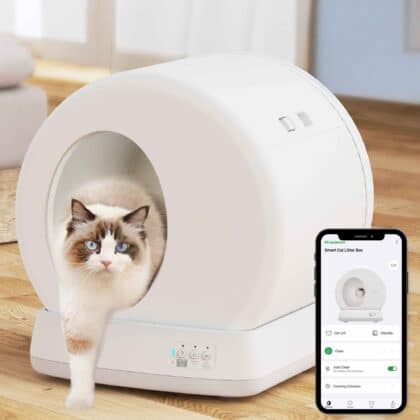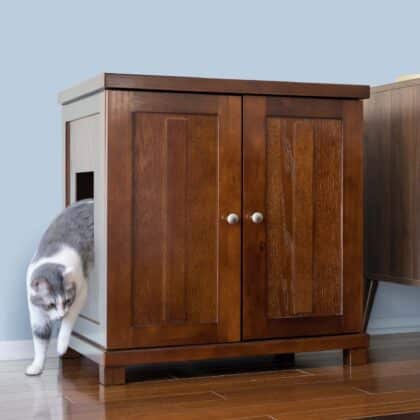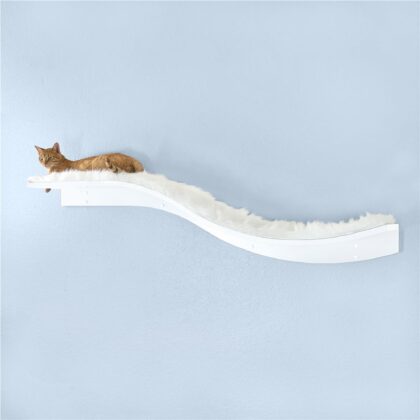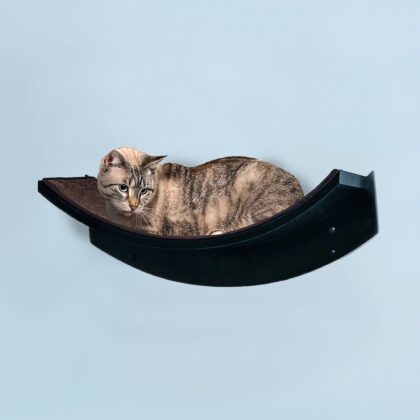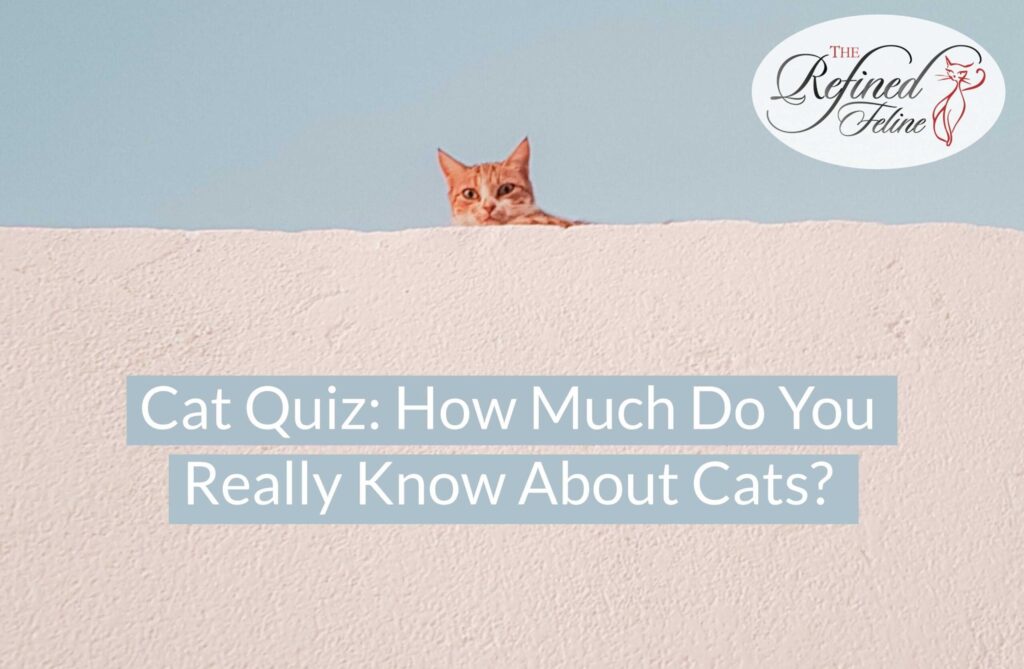
Cat Quiz: How Much Do You Really Know About Cats?
Even though you might consider yourself a cat expert, you may not know everything about your furry friend! Humans and felines do speak separate languages so this gap could be keeping you blind to some things. There’s plenty of information out there about cat behavior, but do you know which of the following statements are true and which are false? Take the cat quiz below to see how well you rank on the cat knowledge scale!
Cat Quiz
1) True or False: Cats Only Use Urine To Mark Their Territory.
People often associate cats marking their territory with the use of urine and “spraying”. Most unneutered male cats will spray, using their urine to mark objects so that opposing males won’t invade their space. However, cats also have scent glands throughout their body and use these as well to mark items or areas as their own. The most often used scent glands are the ones in their cheeks. Cats use these glands when rubbing their face against items as a way of bonding. The items could be their bed, toys, your furniture, or even you! It’s used more as a way to show what they care about and appreciate in their surroundings. It isn’t necessarily meant to challenge another cat but as a means of showing what they love. So, this statement is false!
Related: Tips For Helping Cats Get Along
2) True or False: Cats Are Exclusively Carnivores.
Cats are obligate carnivores, meaning they are 100% carnivores. This is debated by some animal lovers. At the end of the day, however, a cat needs meat to survive. There are specific nutrients from meat that are necessary for a cat to maintain their health. They require high-protein diets with little to no carbohydrates. Humans can choose if they want to eat meat but for cats, there is no choice which is why they hunt their prey in the wild. Finding a balanced wet food that contains more than 40% protein is ideal for your cat. You can even cook meals for your cats as a treat but will need to add supplements if you plan to feed them homecooked meals all the time! So, this cat quiz question is true, cats are carnivores.
3) True or False: Cats Only Purr When They’re Happy
This may come as a surprise, but a cat purring doesn’t necessarily mean it’s happy. Cats will use purring as a coping mechanism when they’re in stressful situations too. For example, you may notice your cat is purring while at the vet and burrowing its head into your arm. This is a sign of a scared and stressed cat. A cat will sometimes try to comfort itself by purring and shielding its eyes from the activity around it. Cats can also purr when they’re uncomfortable or in pain. Most of the time though, when you hear your cat purring it’s probably a good thing and you’ll probably know if they’re happy and content. It’s believed that cats purr because it’s instinctual and reminds them of being young and with their mother. When a cat is hurt or stressed and purring, it may even be a healing mechanism. Researchers are discovering that the frequency of a cat’s purr is the same frequency level as therapeutic healing. This healing frequency helps repair fractures, pain relief, swelling reduction, wound healing, and who knows what else. So, this statement is false.
4) True or False: Cats Use Body Language To Communicate More Than Vocalization
Cats rarely use vocalization in the wild and within their own species. The most common instance when cats will meow at each other is between a mother and her babies. Kittens are born with their eyes closed and open within a couple of weeks. So, kittens rely on calling for their mom to make sure they’re nearby, protected, and of course to get milk. Another instance when cats will be vocal is when they’re in a territorial dispute. Usually, their body language is enough to convey their thoughts but unneutered males sometimes get into a yelling battle. This usually involves screeching, growling, and low meowing at each other to establish boundaries and who owns what. Beyond that though, cats actually communicate through body language the majority of the time. A wide variety of stances, eye contact, tail movements, and more will help to convey a cat’s emotions. Cats picked up using vocalization with humans more than anything else. They observe us talking to each other constantly and most likely realize that in order to get something from us, they have to meow and vocalize their wishes. So, this cat quiz question is true.
5) True or False: If A Cat Is Twitching Its Tail It Must Be Upset
While a cat twitching its tail may show agitation, it can also show curiosity, playfulness, and more. Some cats even have a tail with a mind of it’s own that may twitch for no reason at all! The area of the tail that is twitching though can usually clue you in on what your cat is feeling. A slow twitching towards the tip of the tail is playfulness. Maybe your cat is stalking a toy or ready to pounce on its playmate. A more erratic, low tail twitching is usually a sign of agitation or anger. So, it may be best to give your feline some space if they seem upset.
If the tail is higher up and more erect, the cat may be more excited than annoyed. You’ve most likely seen your cat’s tail go straight into the air when you come home. This is a happy and confident tail stance in your cat. So when their tail is a little higher up and twitching, they’re excited about something. Maybe they know that a meal is coming or treats are on the way. A cat’s tail can tell you a lot about its mood. So, be sure to pay attention to figure out what your cat is telling you! This statement is false.
Cat Quiz Results!
How did you do in our true or false cat knowledge quiz? If you got 4 or more of the cat questions right on this cat quiz you might just be a cat whisperer!


